|
Bees are undeniably the most beneficial insect in North America, if not the world. Predator Impact is committed to preserving them whenever possible. Every spring, the old queen lays eggs that will hatch into several new queens. Just before they hatch, the old queen will take approximately half the hive and will leave the colony. the first strong queen to hatch will kill her sisters and take over as the new queen of the hive. Meanwhile, the old queen and her posse (now called a swarm) will pick a convenient limb, eave of a house, or other location to ball up and wait while scouts look for a new permanent home. At this time, the bees in the swarm do not have a home to defend and are calm and gentle. There is very little risk of being stung by bees in a swarm. The scouts travel 1-2 miles in search of a hollow tree, cavity in some rocks, or another suitable home. Unfortunately, their choice of a new home is all too often a crack or crevice in someone's home. That is the subject of today's post. A homeowner called Predator Impact for help with a honeybee colony in a wall in a garage. The customer's father had passed away recently and left the house to his daughter. The father had known that the bee colony was in the wall, but wasn't concerned about it. It had been there for many years, but needed to be removed so that the house could be sold. Honeybees have to generate heat to keep themselves warm, and especially if there are babies. They do this by rapidly beating their wings and the muscle exertion creates heat. We can use an infrared camera to detect the exact position and size of the colony based on the temperature difference. Based on the IR image, it was clear that it was a good size hive located between the second and third stud. The outside of the house was rock, and there is usually a large hollow area between the rock wall and the inner wall that makes a perfect area for the bees to set up housekeeping. We cut open the wall and the black fiber board between it and the rock. The honey bee colony completely filled the space and extended into the adjoining space on either side. The dark color of the honeycomb is typical of very old colonies. We vacuumed up all the bees with a special, low suction bee vacuum, removed the honeycomb and washed out the cavity to remove any honey residue. Reinstalled the fiberboard and cut new plywood to replace the old printed wallboard. (The printed gypsum wallboard isn't made any more, so plywood painted to match was close enough.) The customer was happy with the final result. If I had drawn some vertical lines on it with magic marker, it would have been even closer! :-) CUtout -vs-trapoutOnce a honeybee colony has decided that you are roommates, there are two options for removing them. One is fast, but expensive; the other takes longer but requires minimal if any reconstruction cost. #1 Cutout The process described above is a cutout. It is fast (usually 1-2 days) but the reconstruction cost can drive the cost up. In a cutout, the wall is physically opened, the hive manually removed, the cavity cleaned, and the wall is reconstructed. In the case above, we were fortunate that the colony was at ground level, and we could access it without removing the rock. If the colony is more than one story off the ground and/or requires substantial de-construction such as a rock wall or chimney, the cost can easily reach into the thousands of dollars! #2 Trapout Trapout is a process with an undeserved bad reputation. Too often it is tried by people who don't know what they are doing, or don't have the patience to do it right. Predator Impact has perfected the trapout.
If you have a situation involving an unwanted colony of bees, call Predator Impact, LLC for a no cost, no obligation consultation. We'll review your unique situation and make recommendations for resolution. Mark Runnels Predator Impact, LLC (918) 397-4091
0 Comments
Leave a Reply. |
AuthorMark Runnels is a professional engineer and owner of Predator Impact, LLC. Archives
May 2024
Categories |
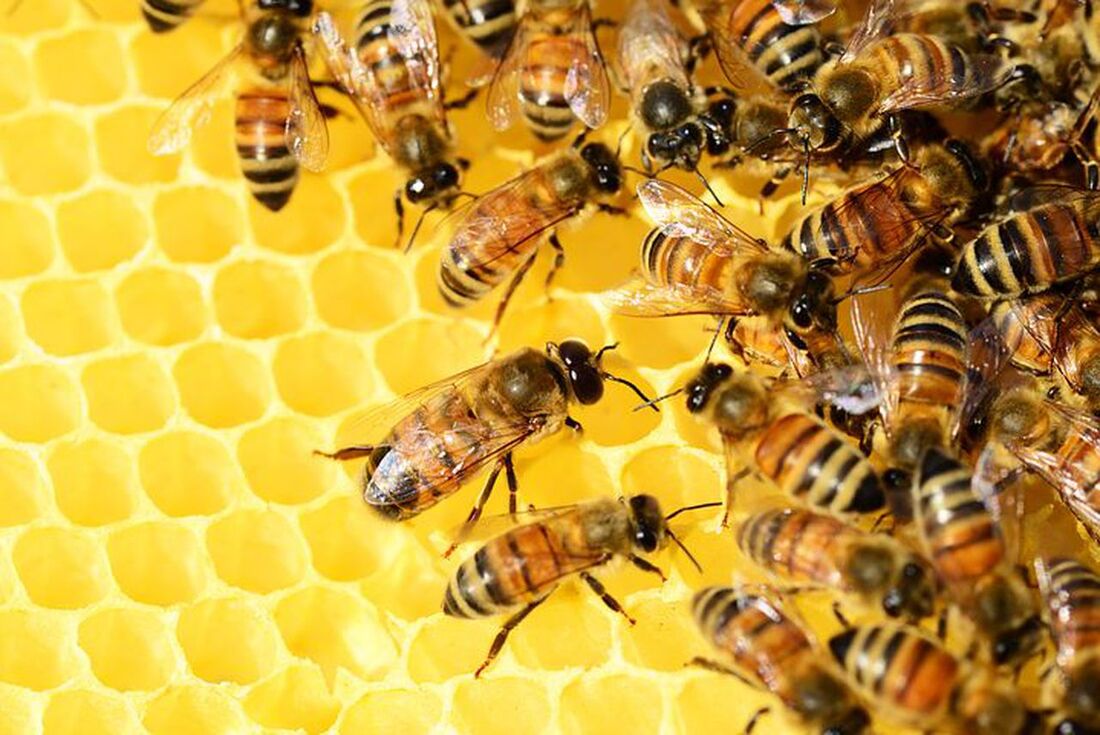
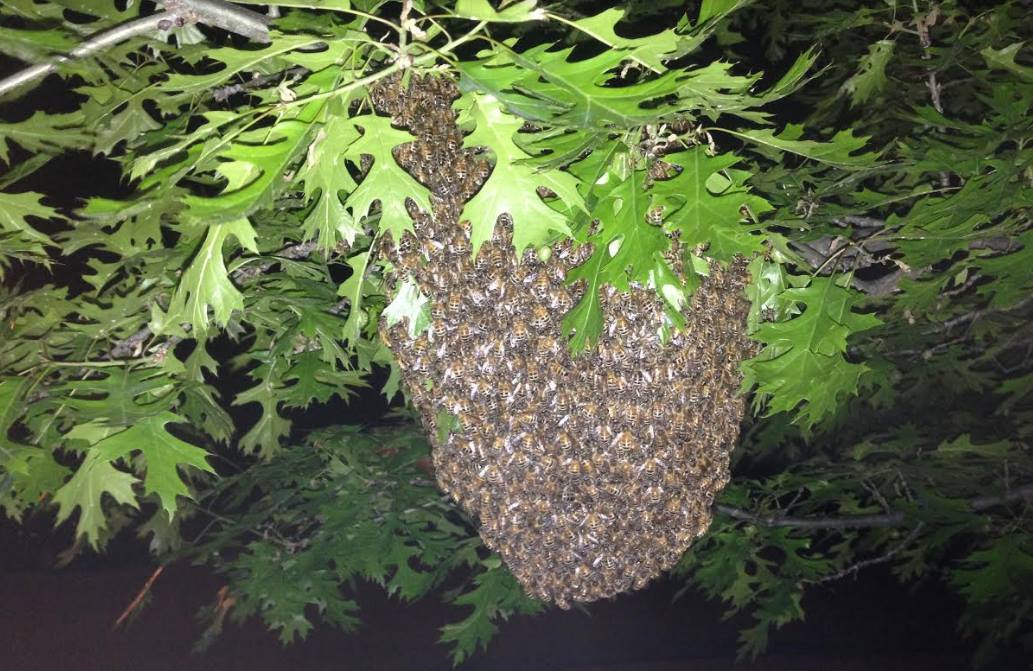
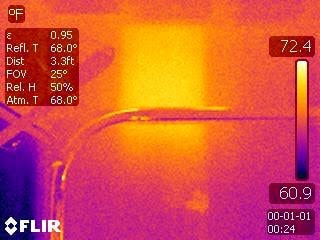
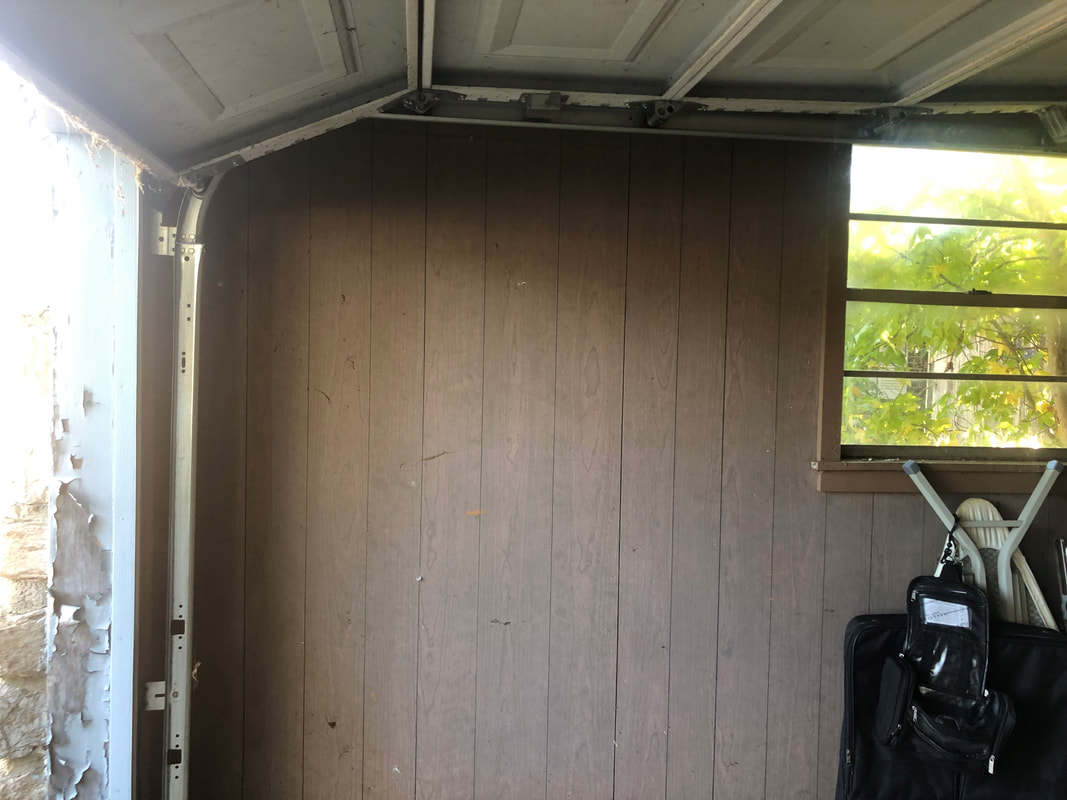
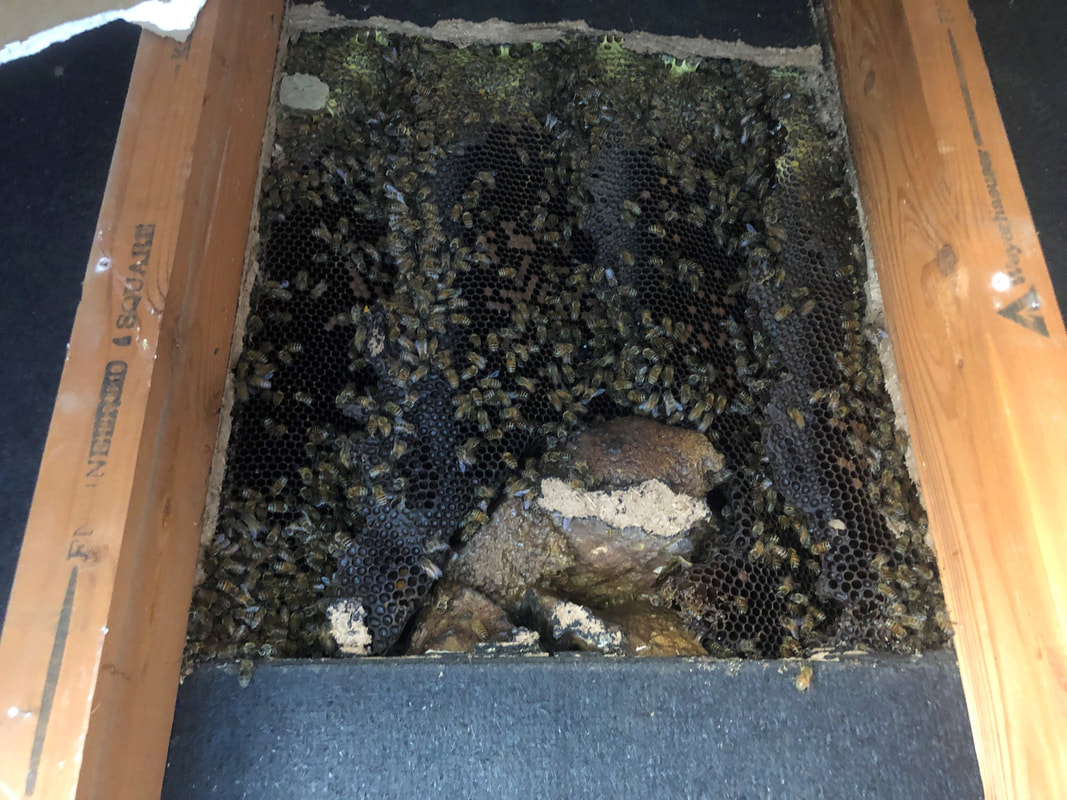
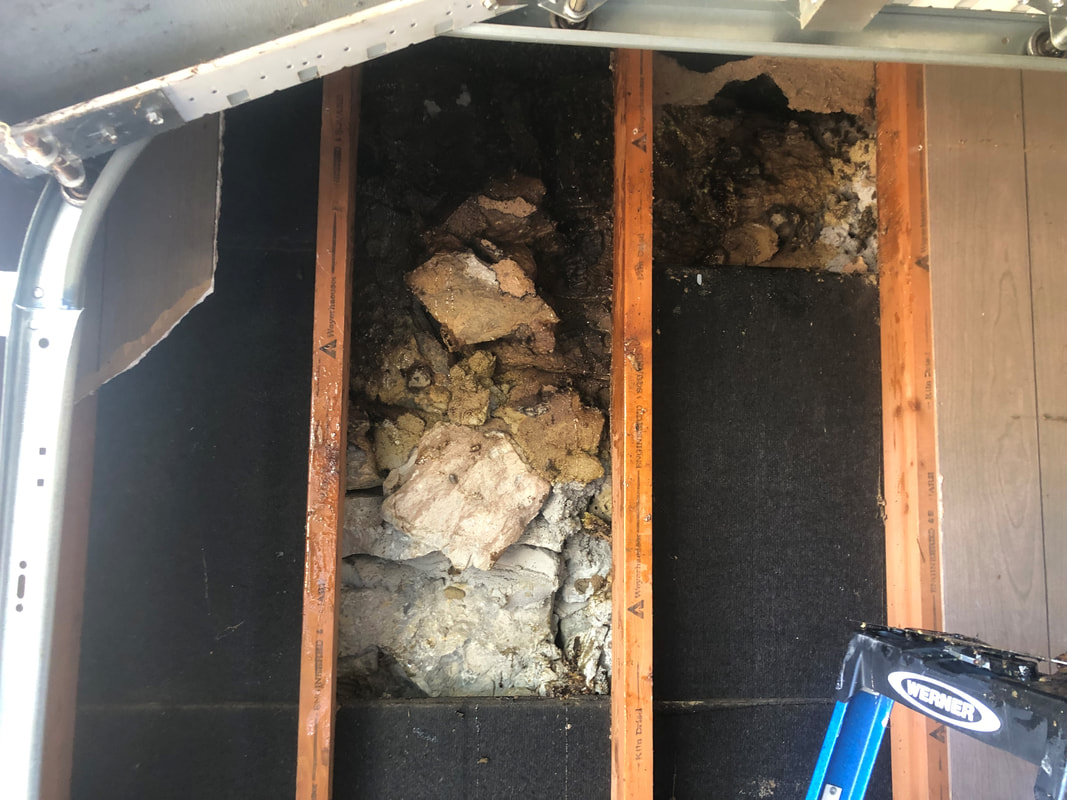
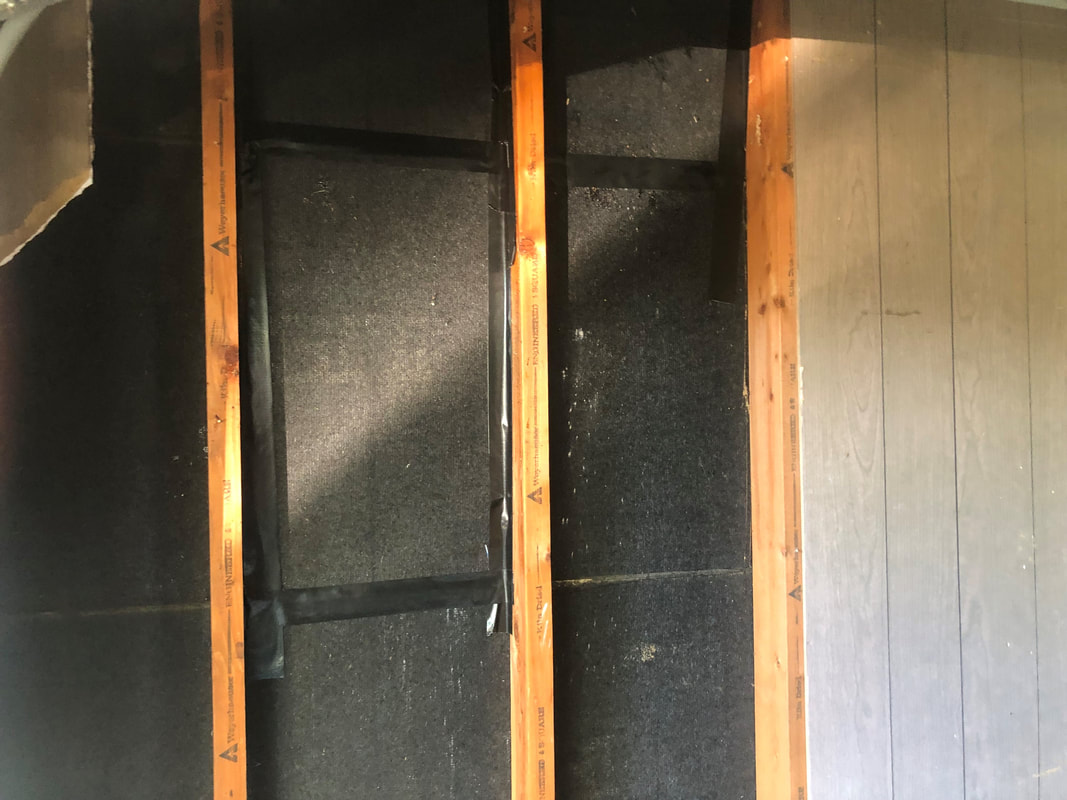
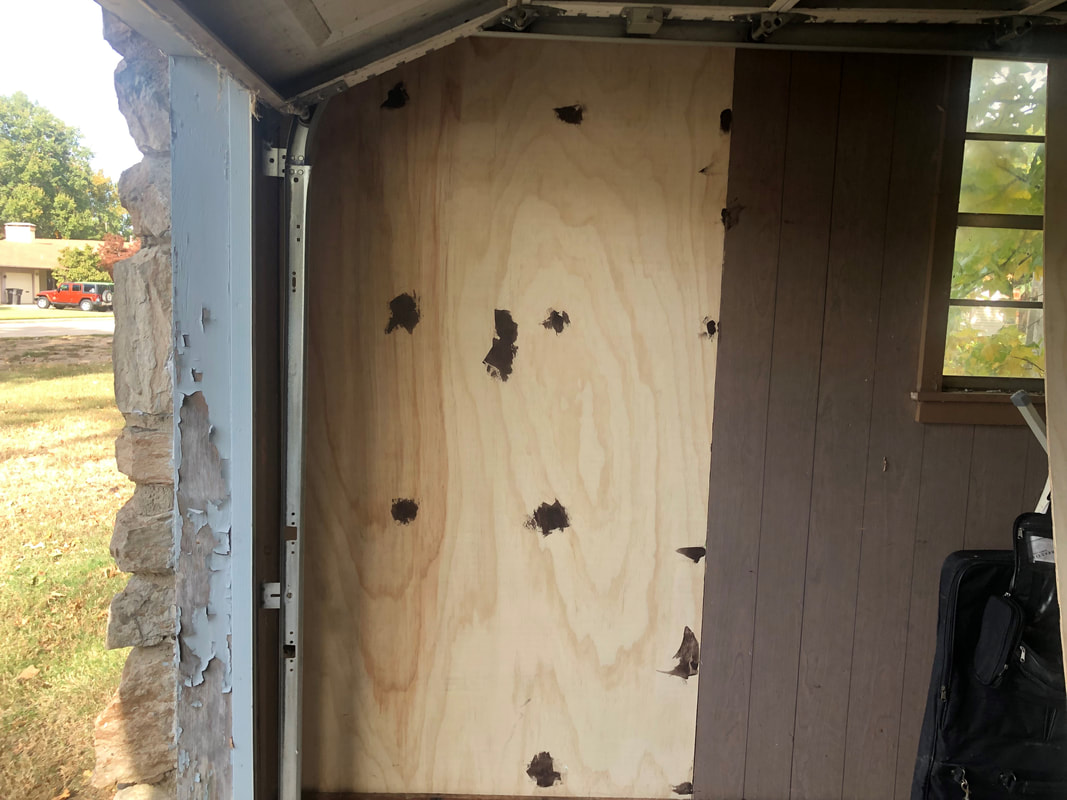
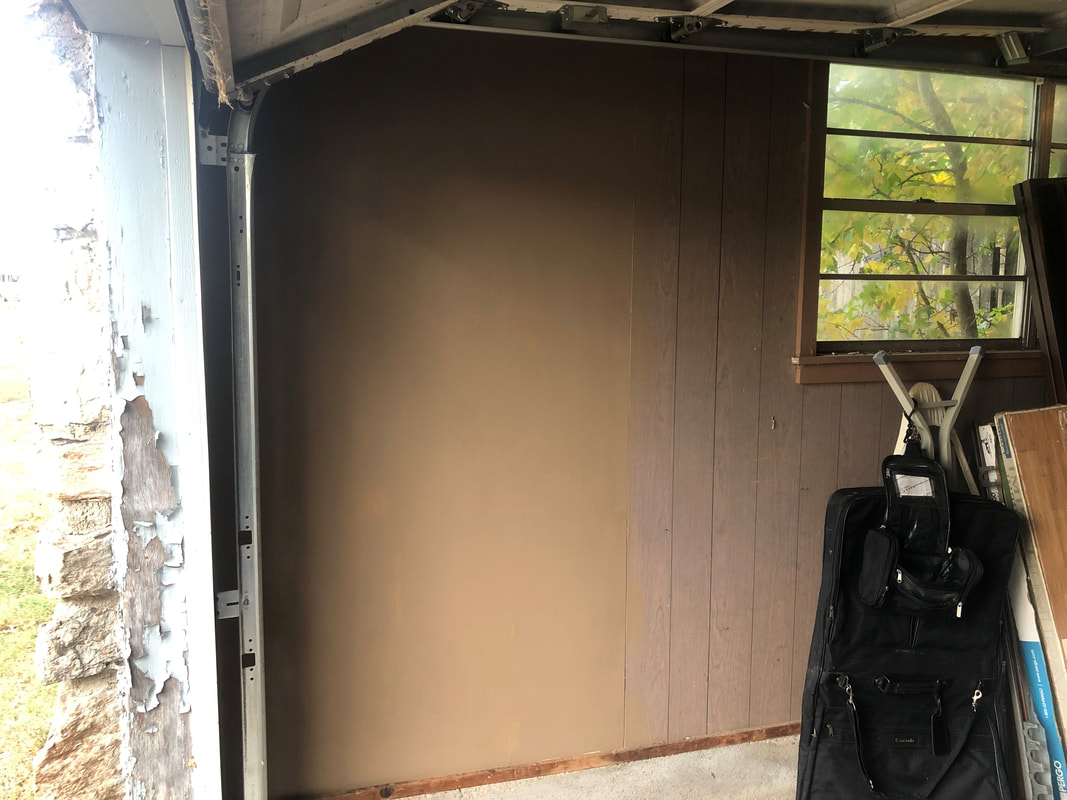
 RSS Feed
RSS Feed